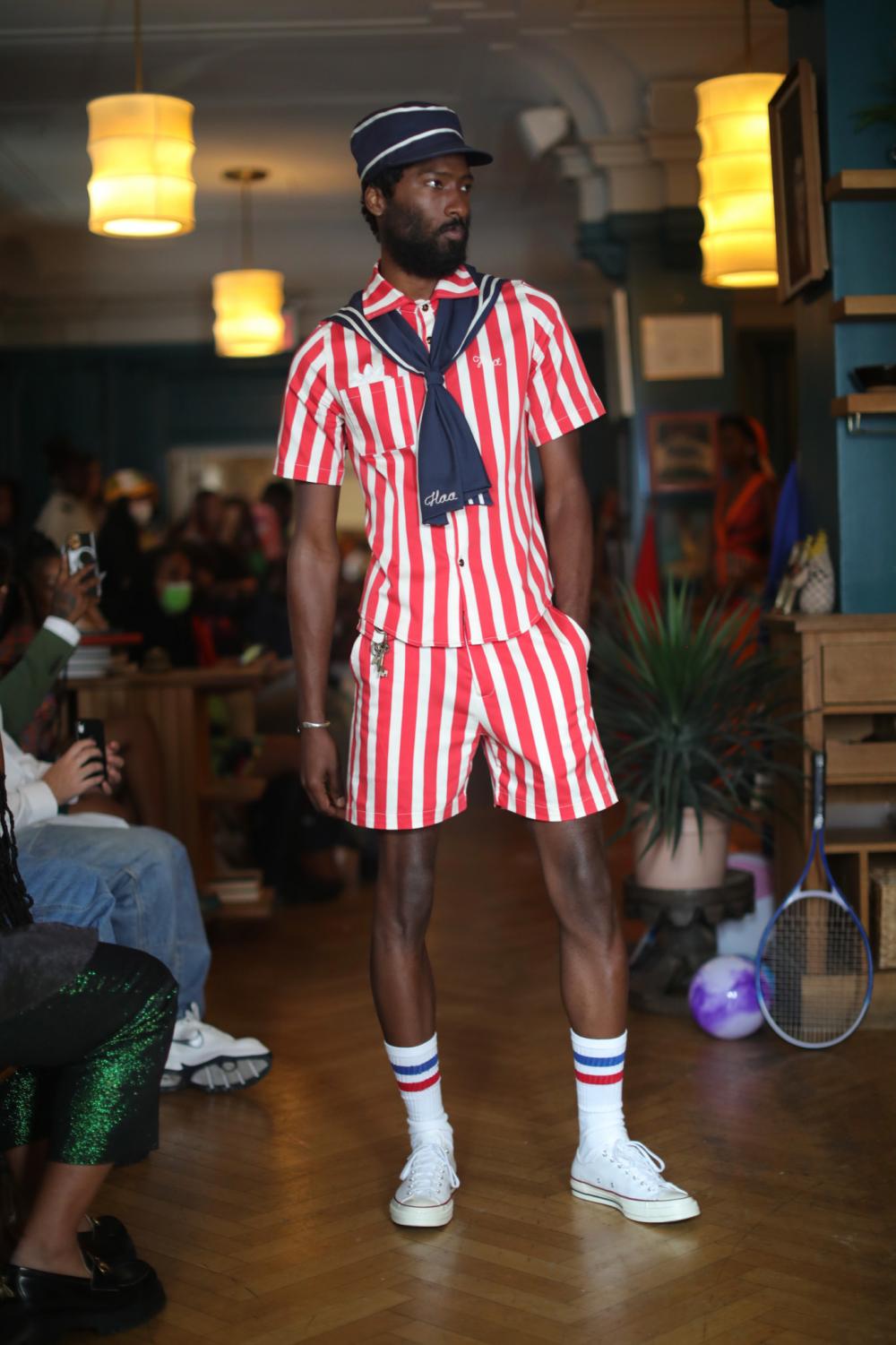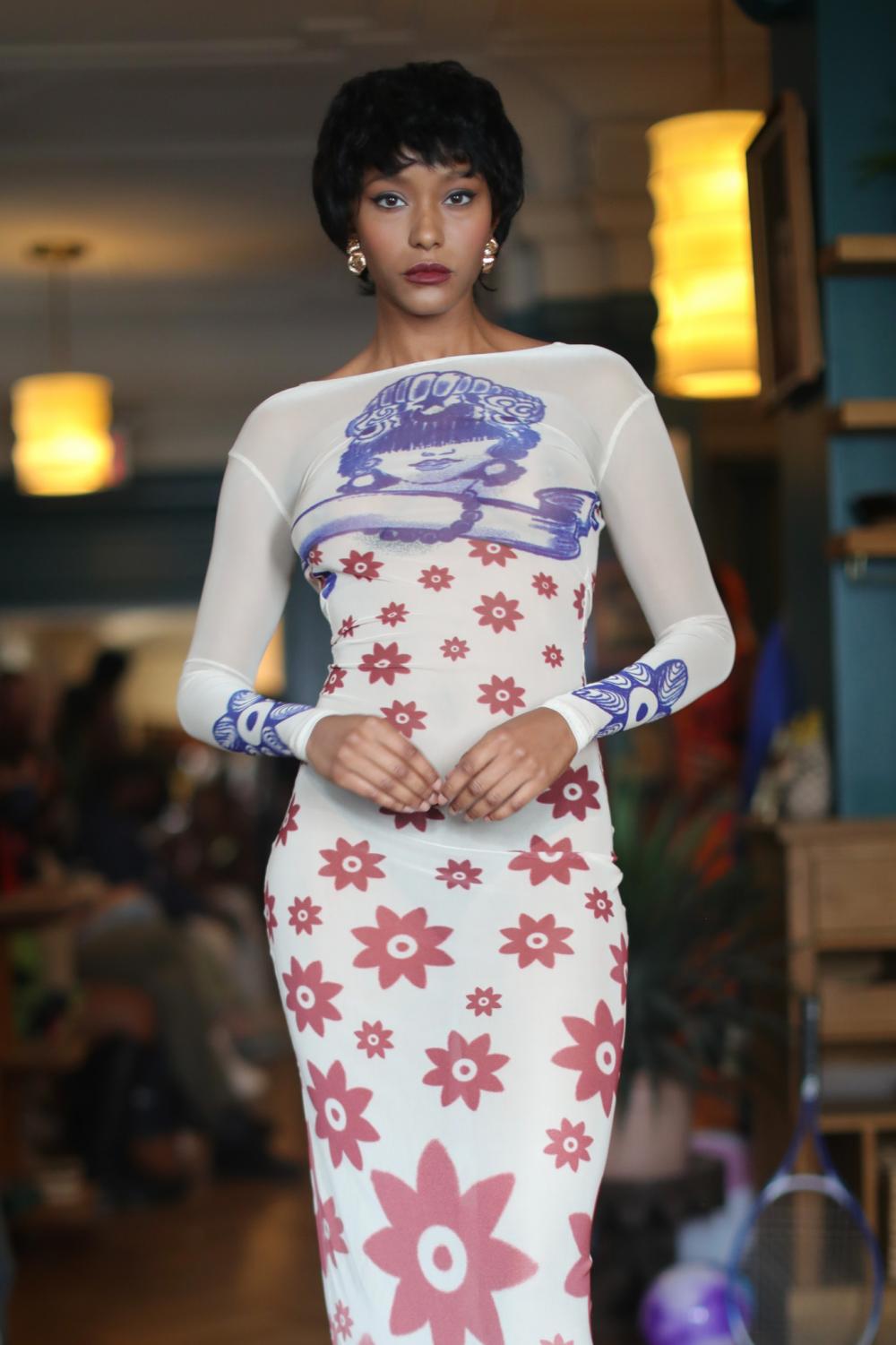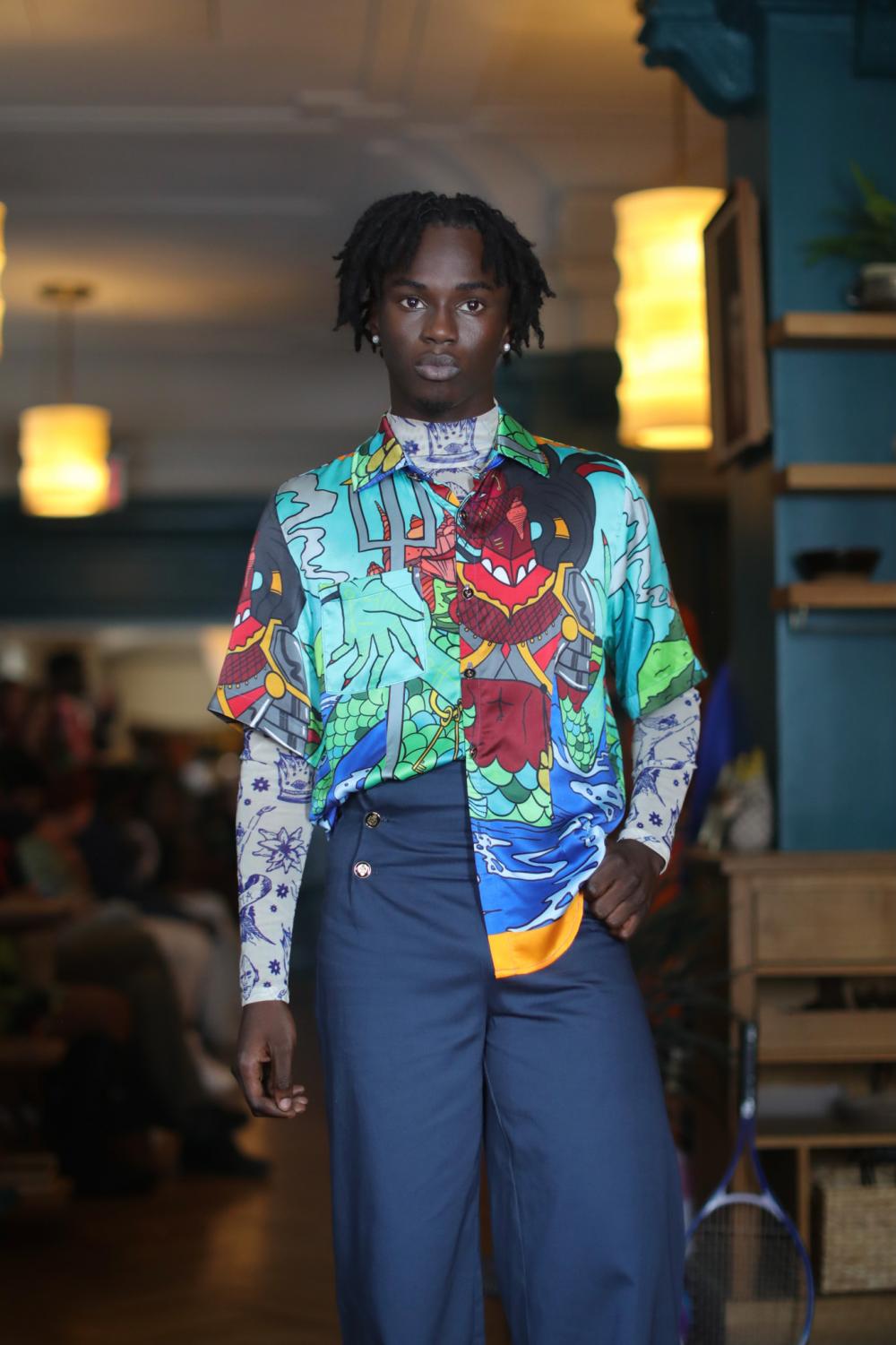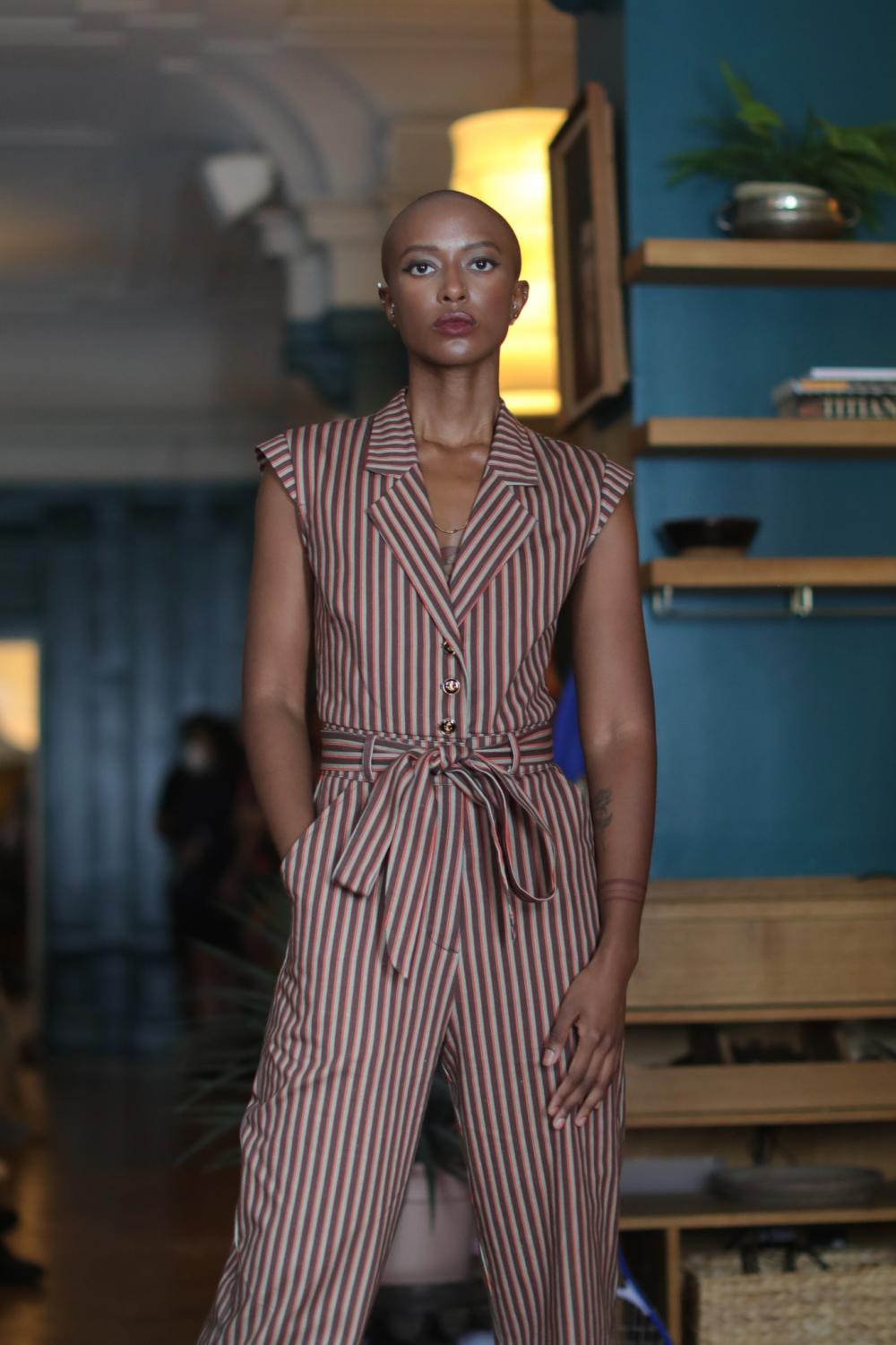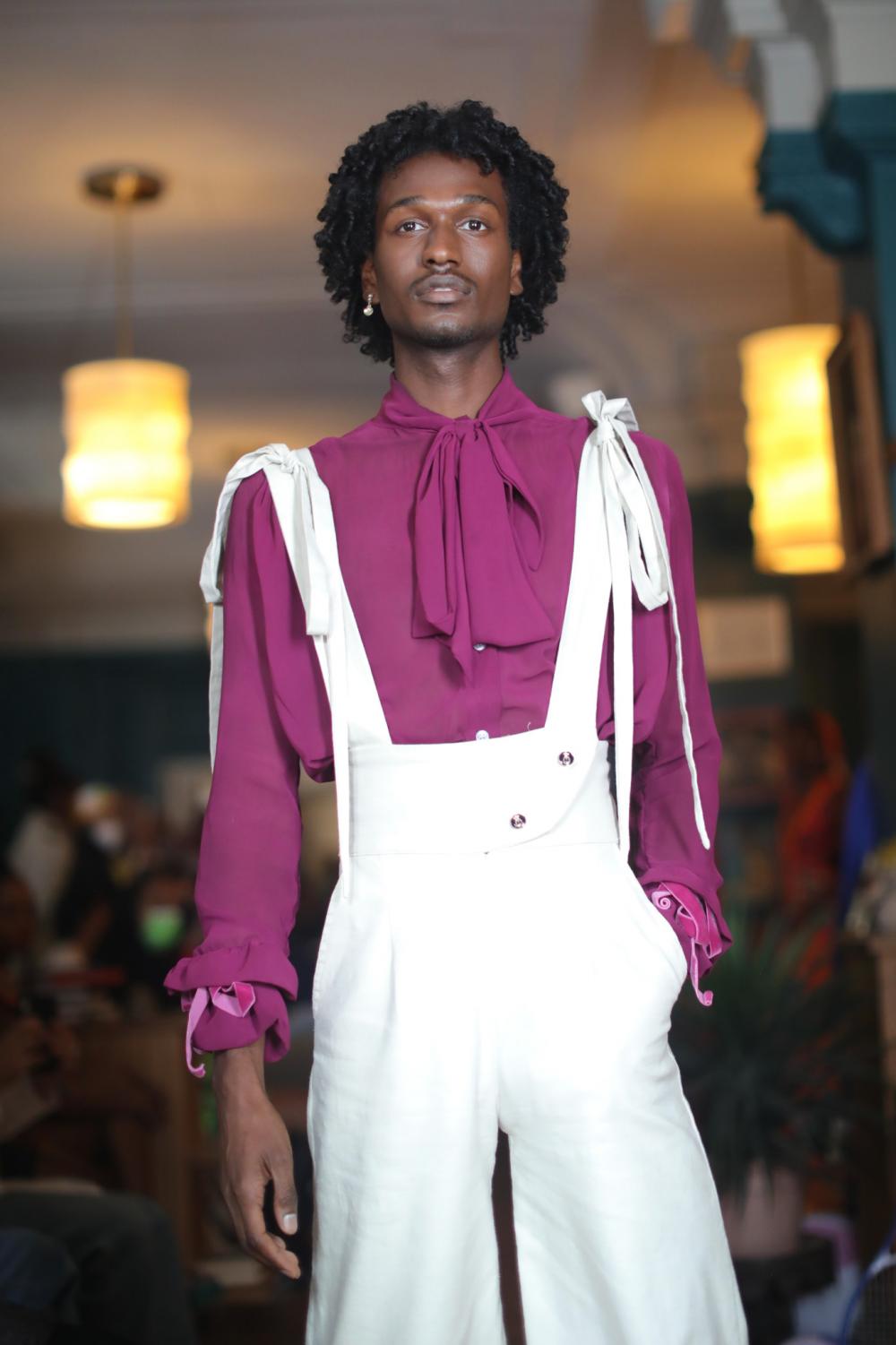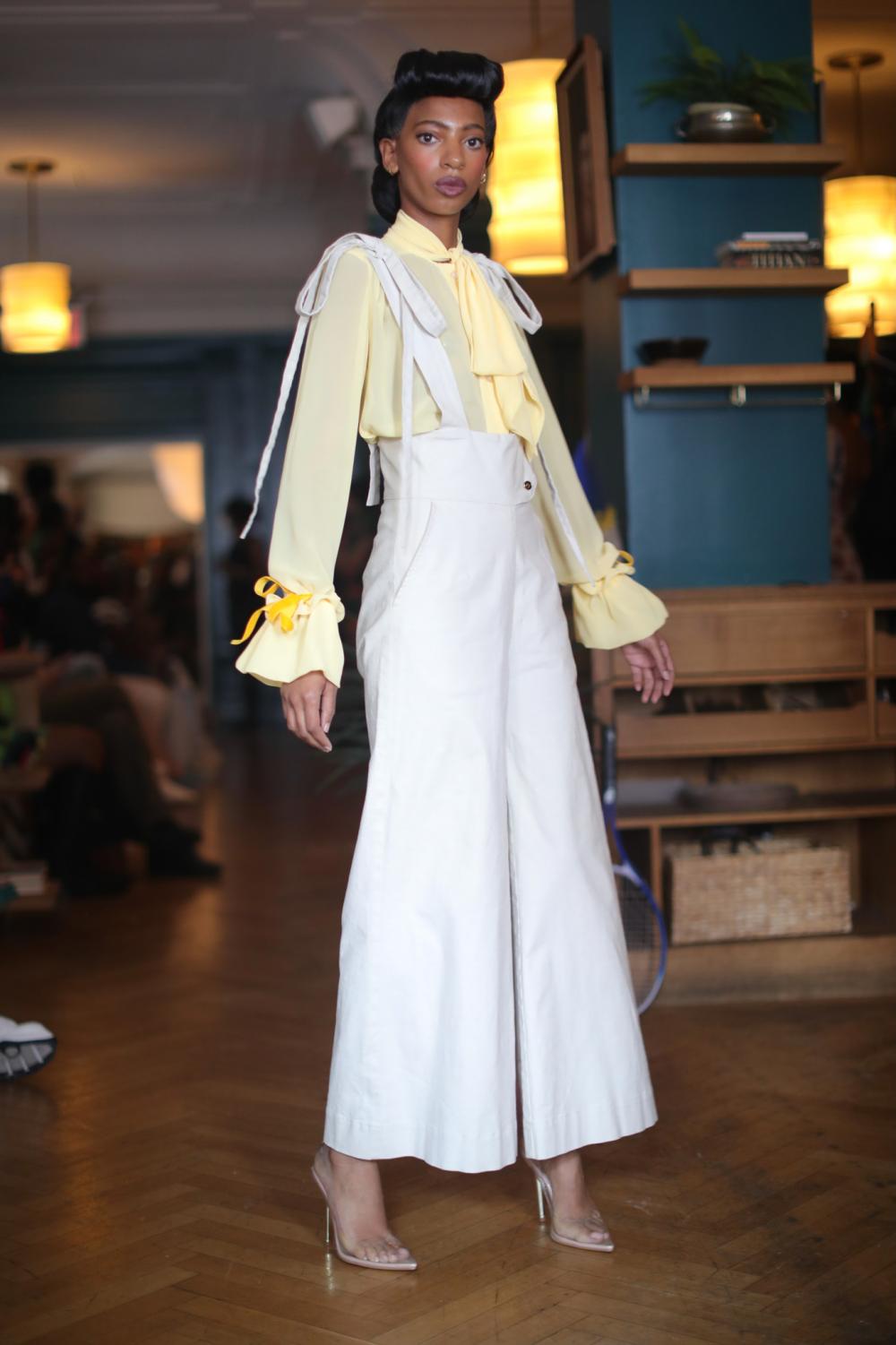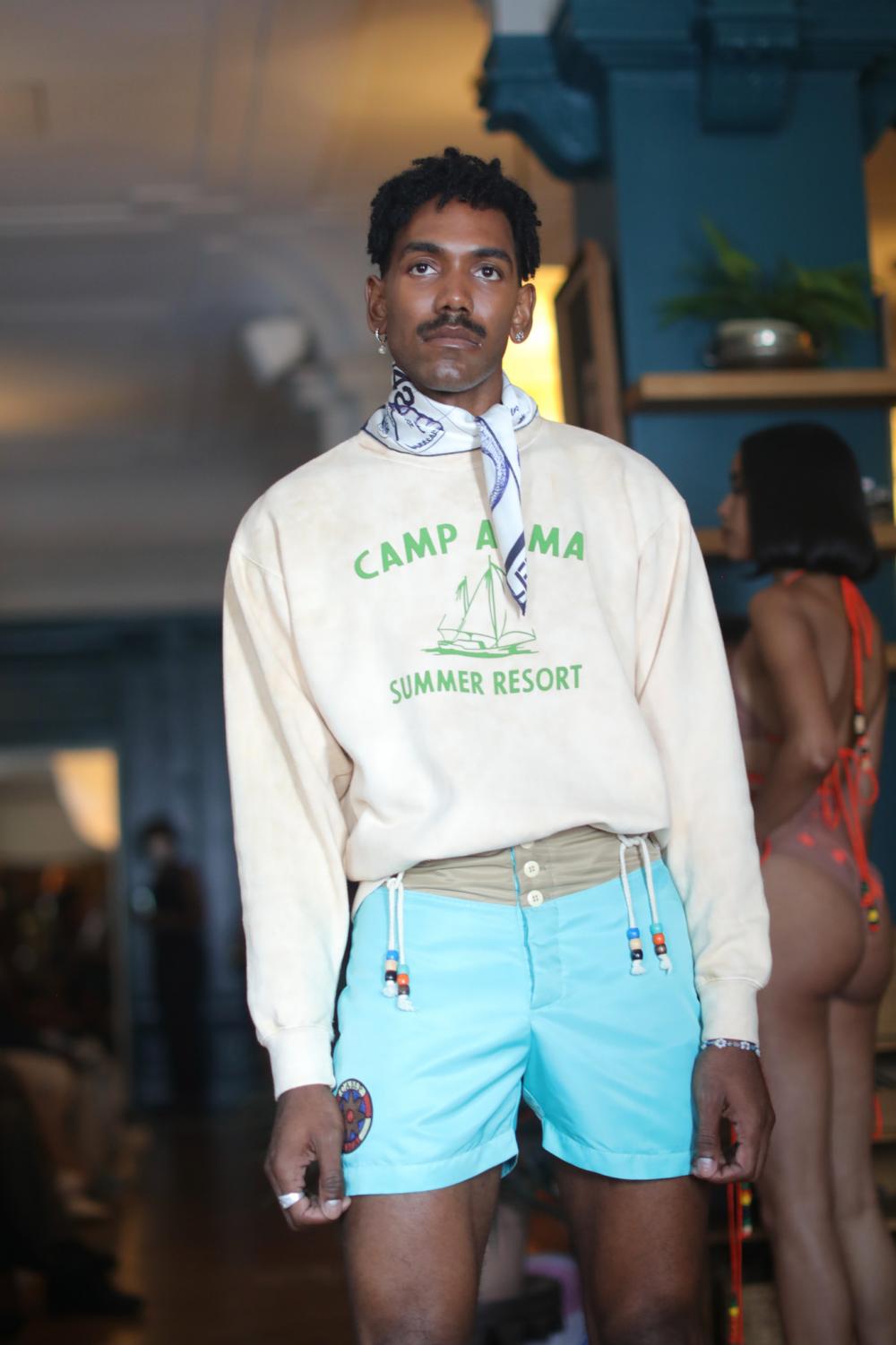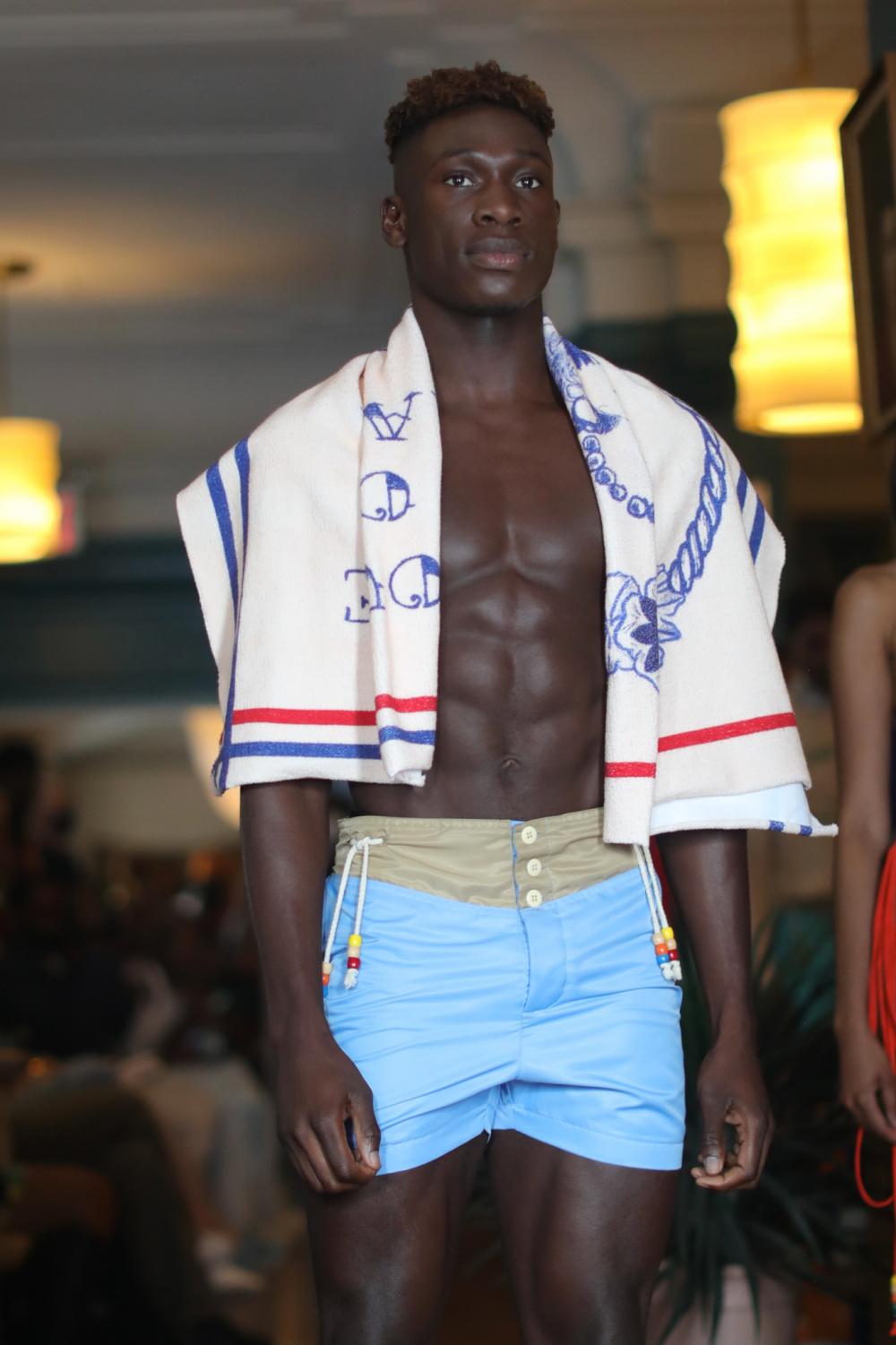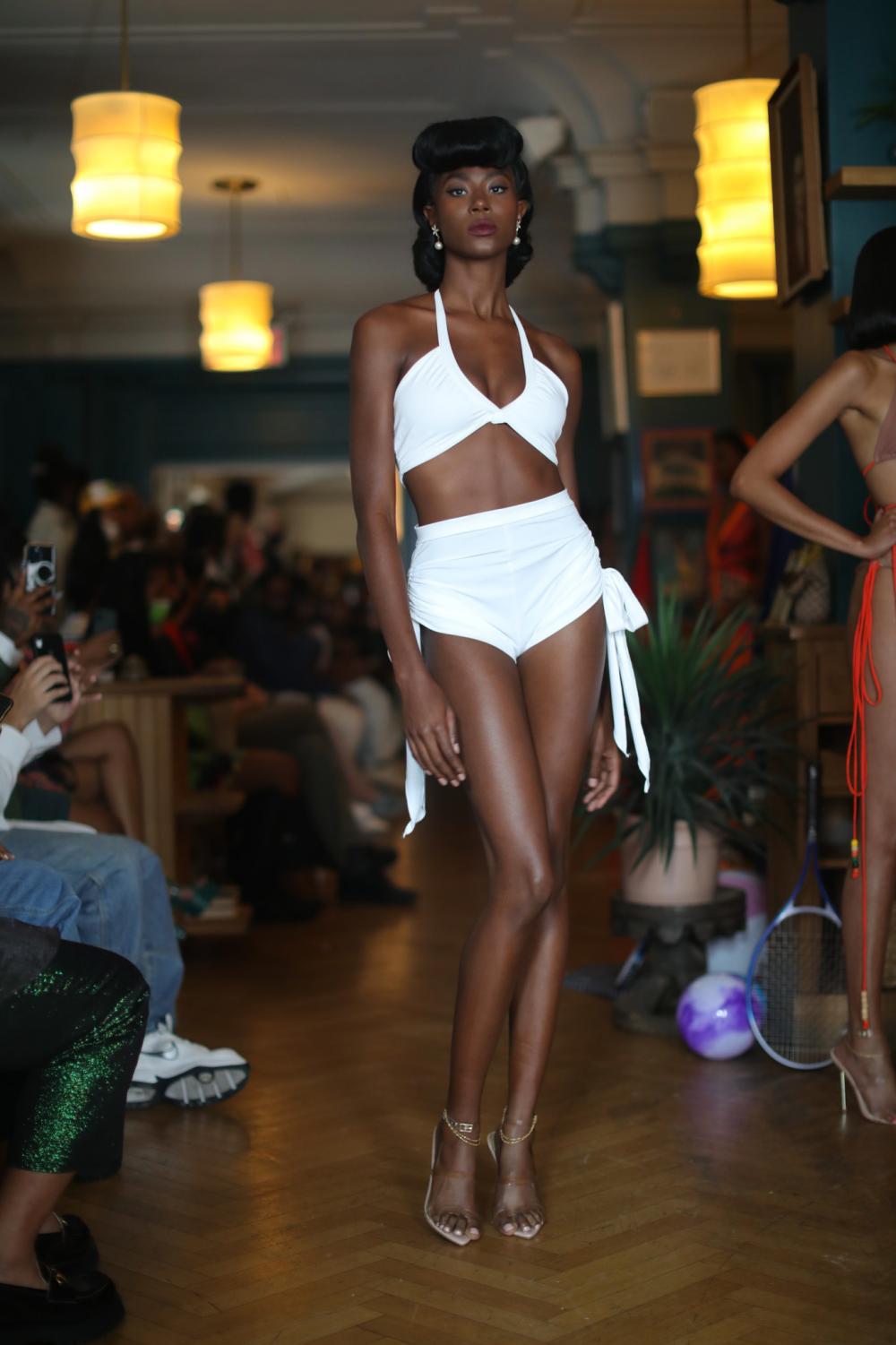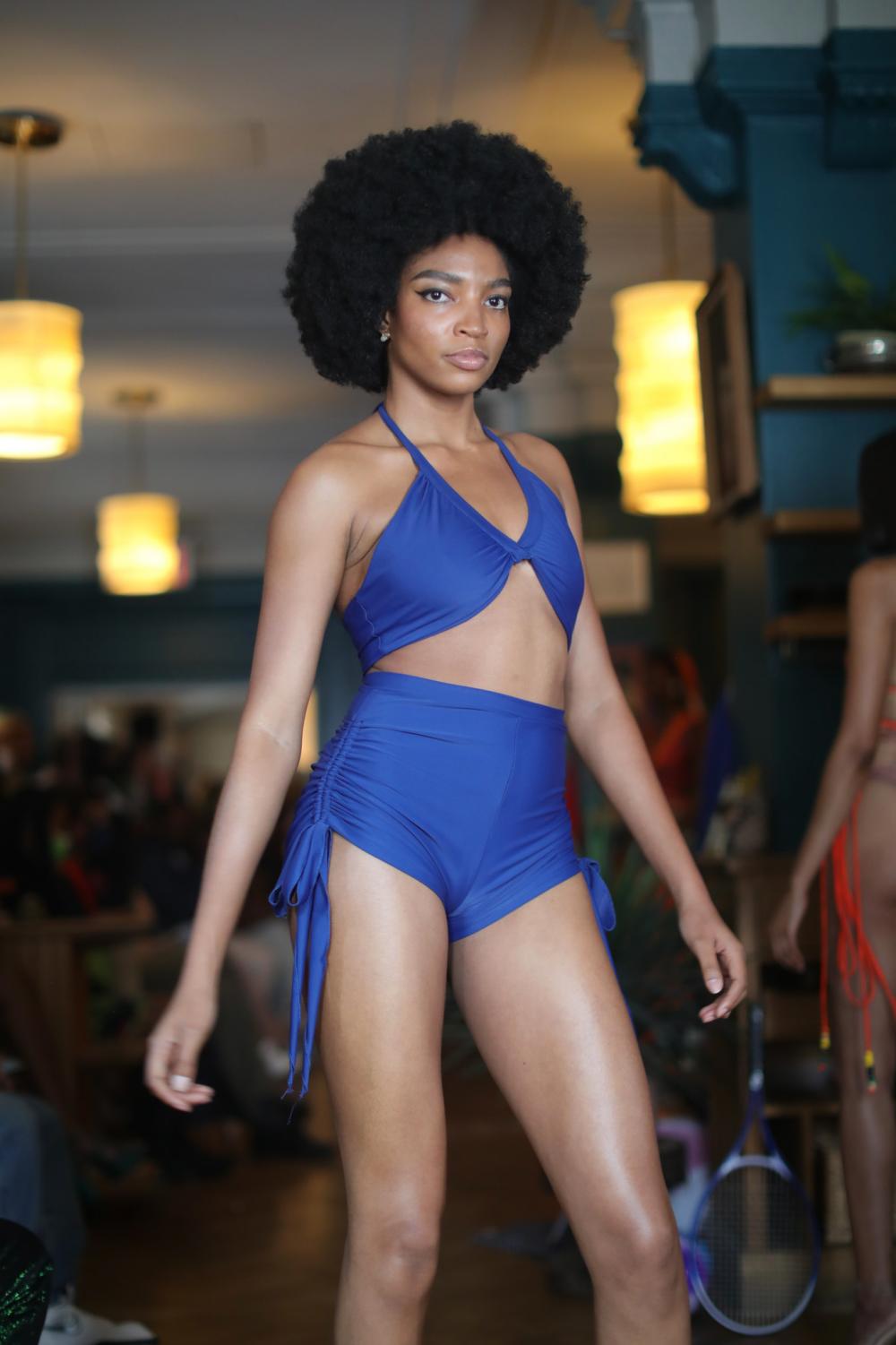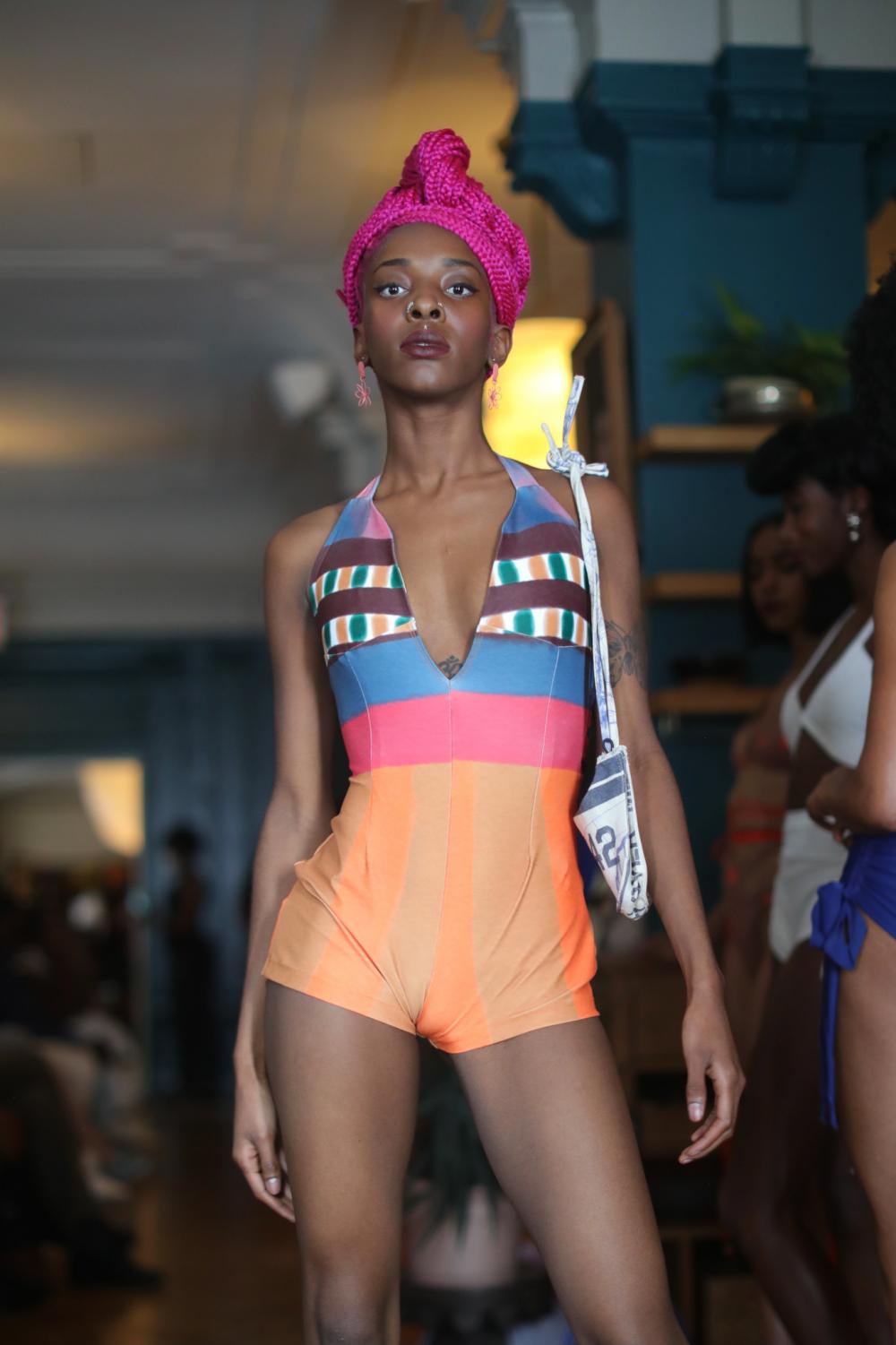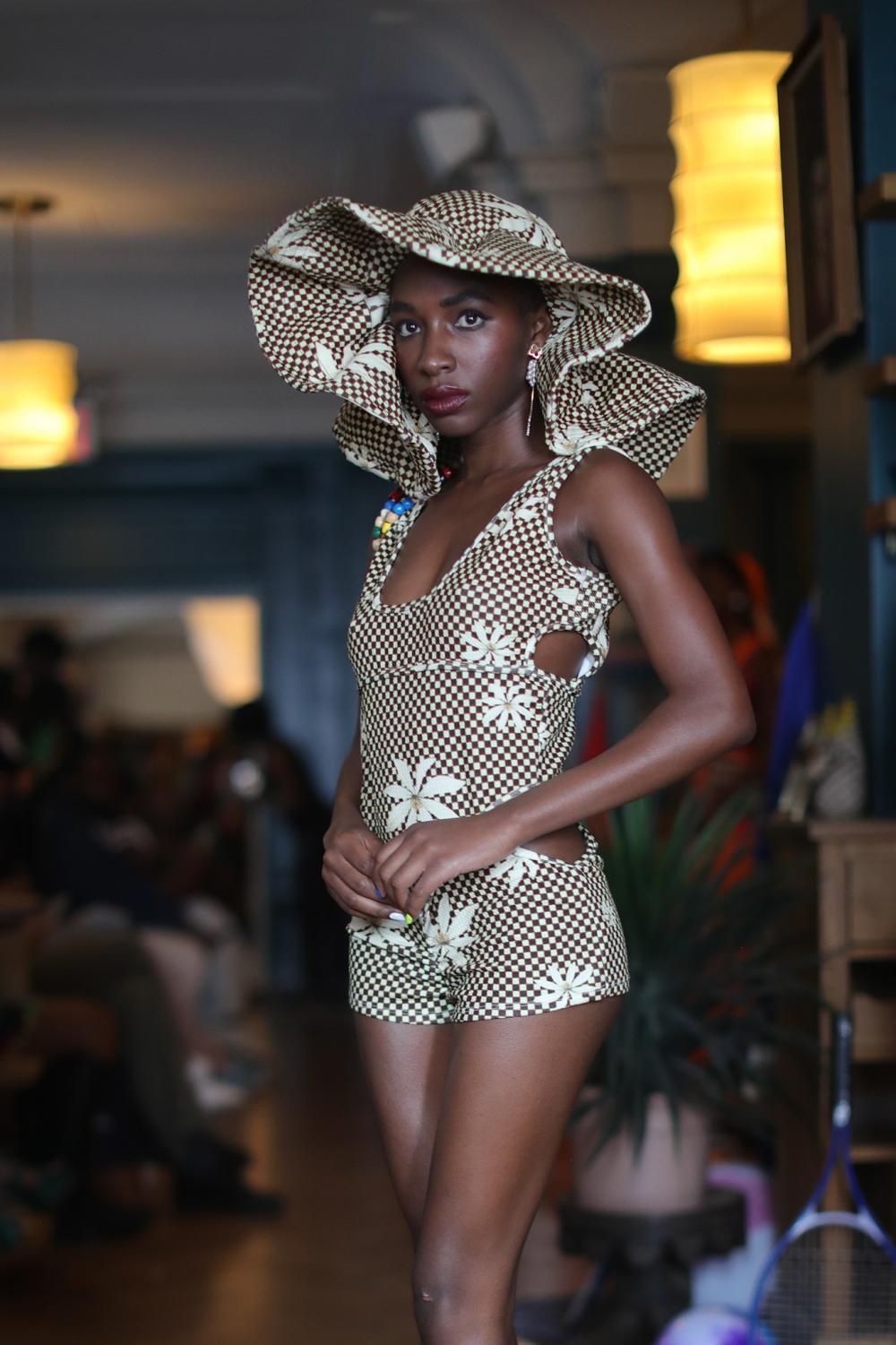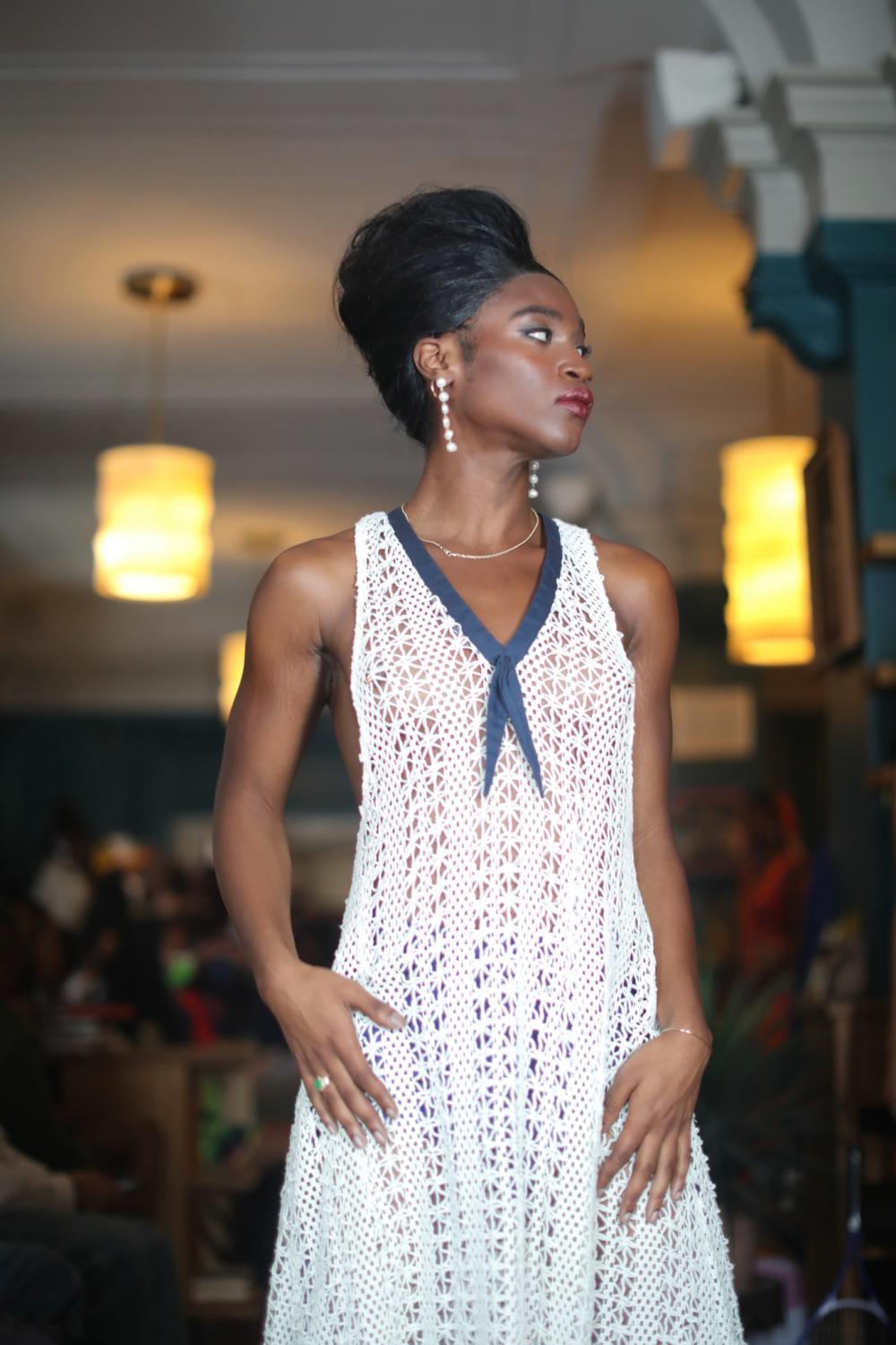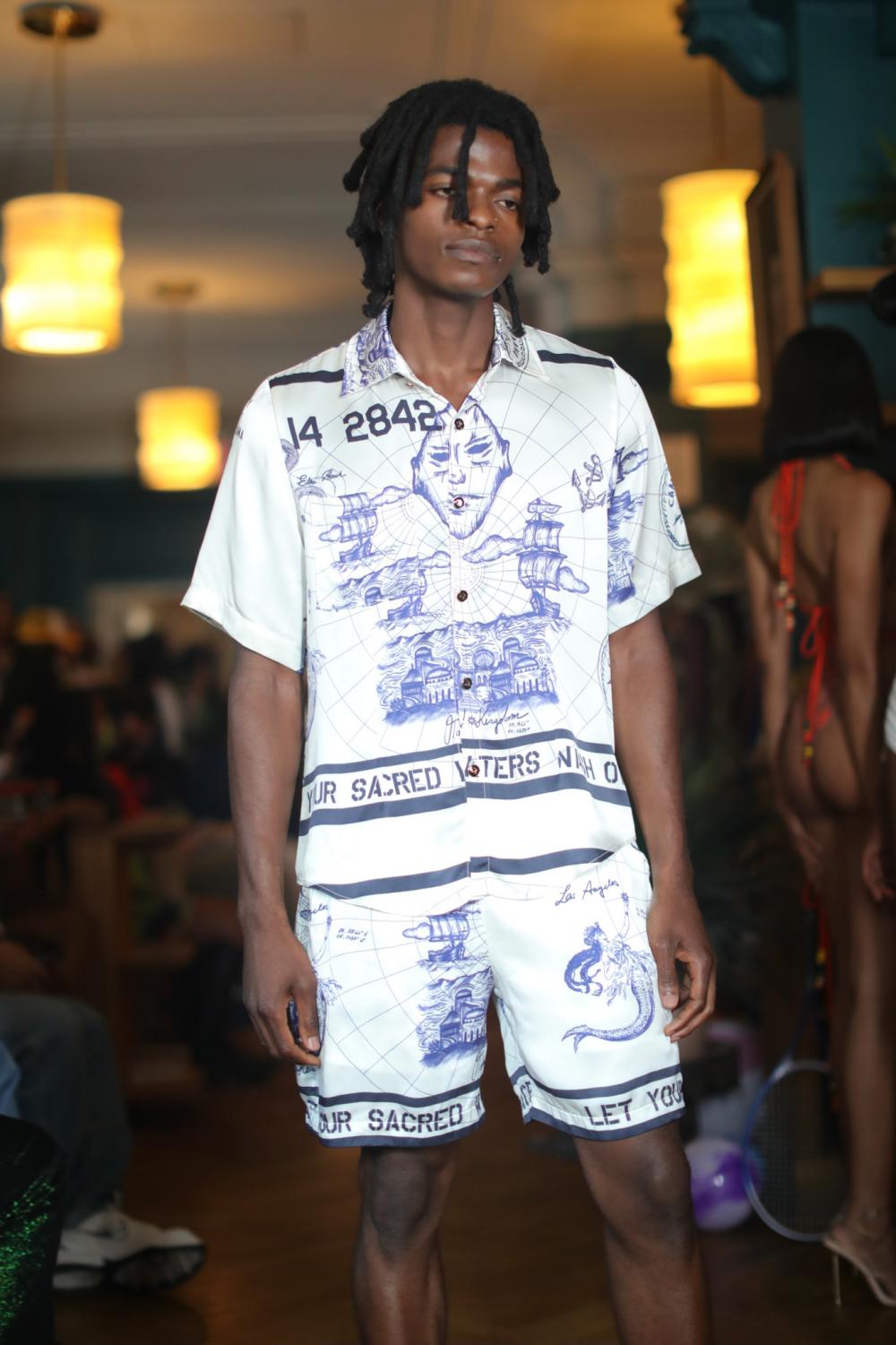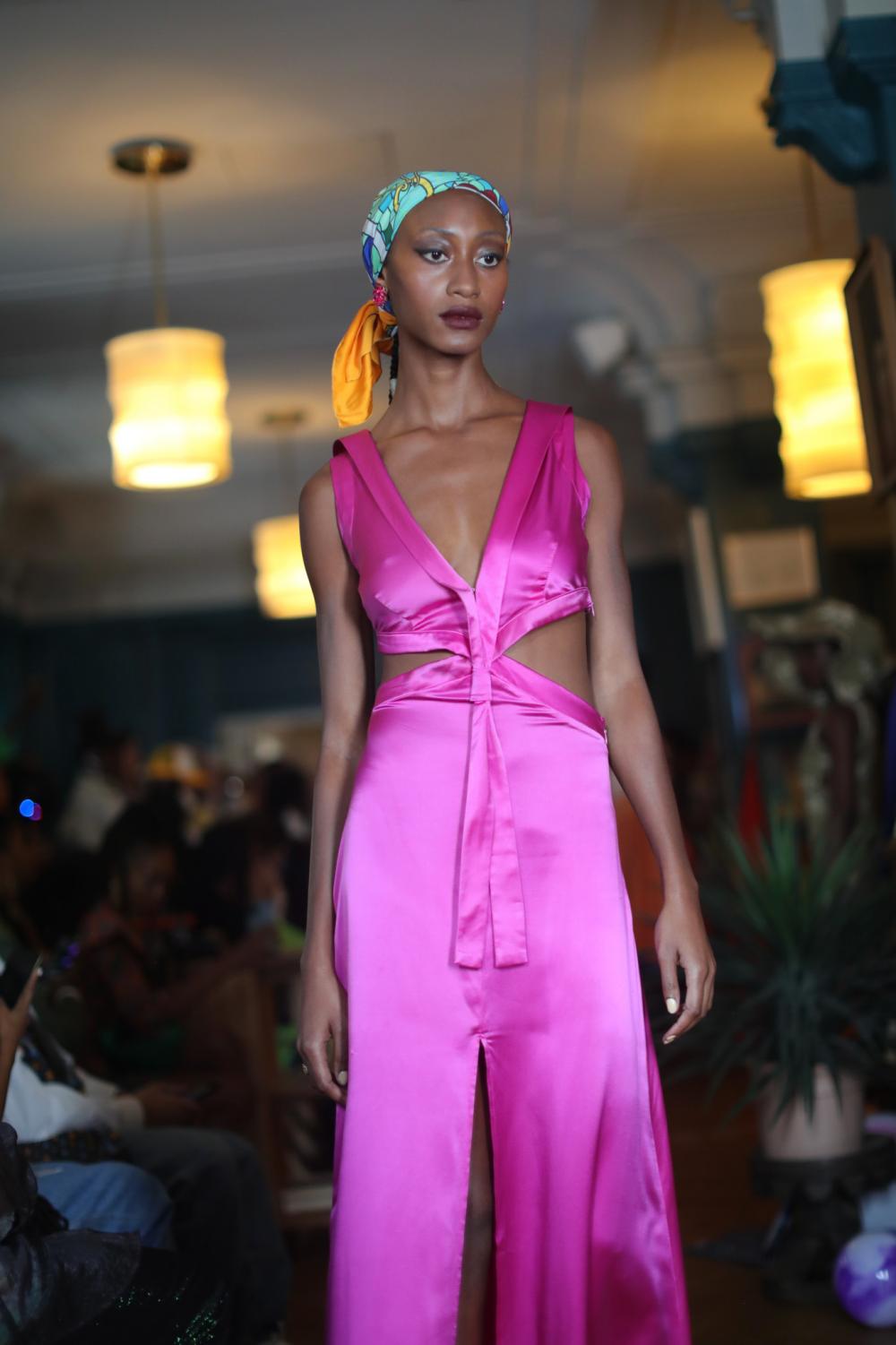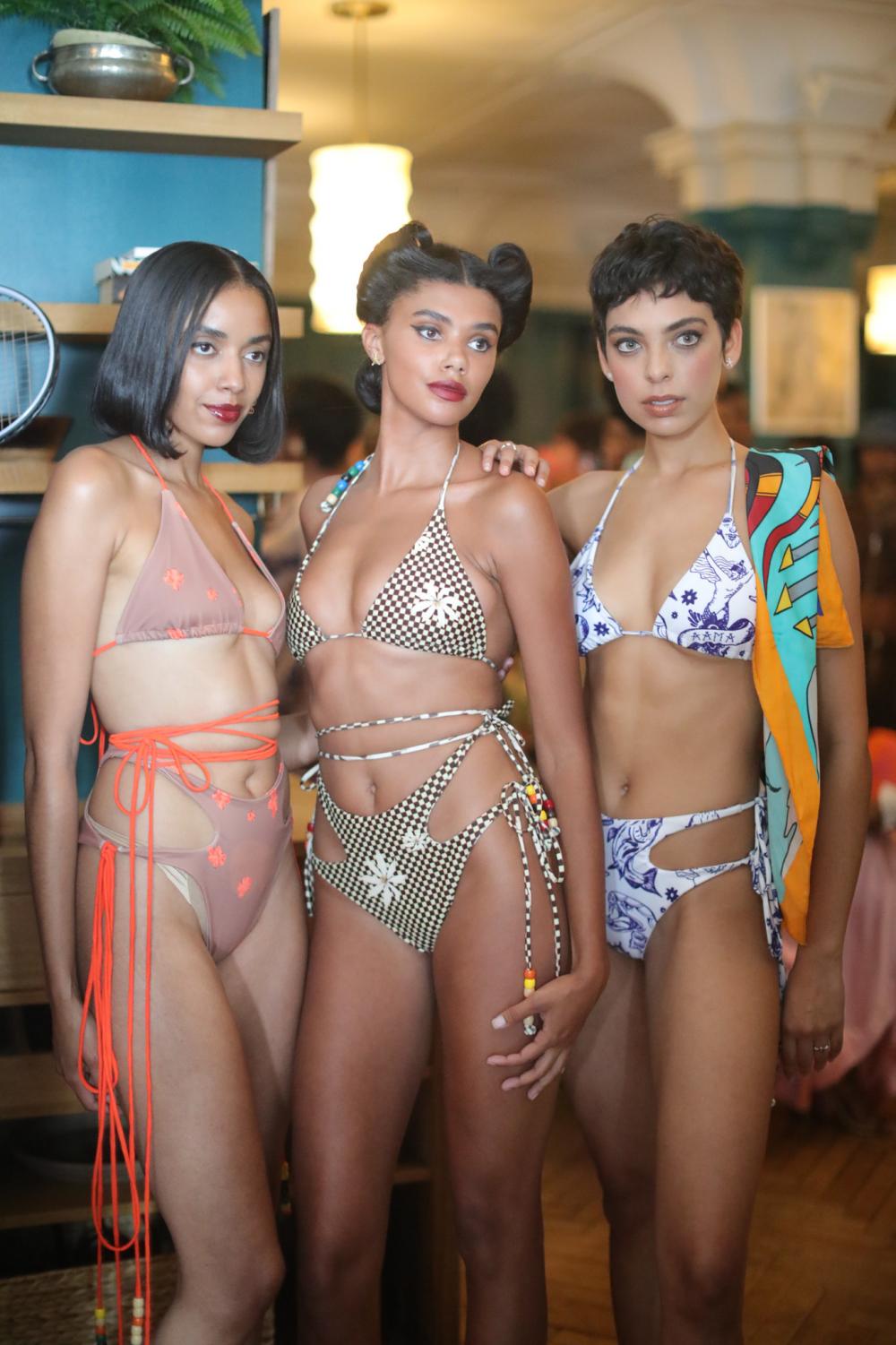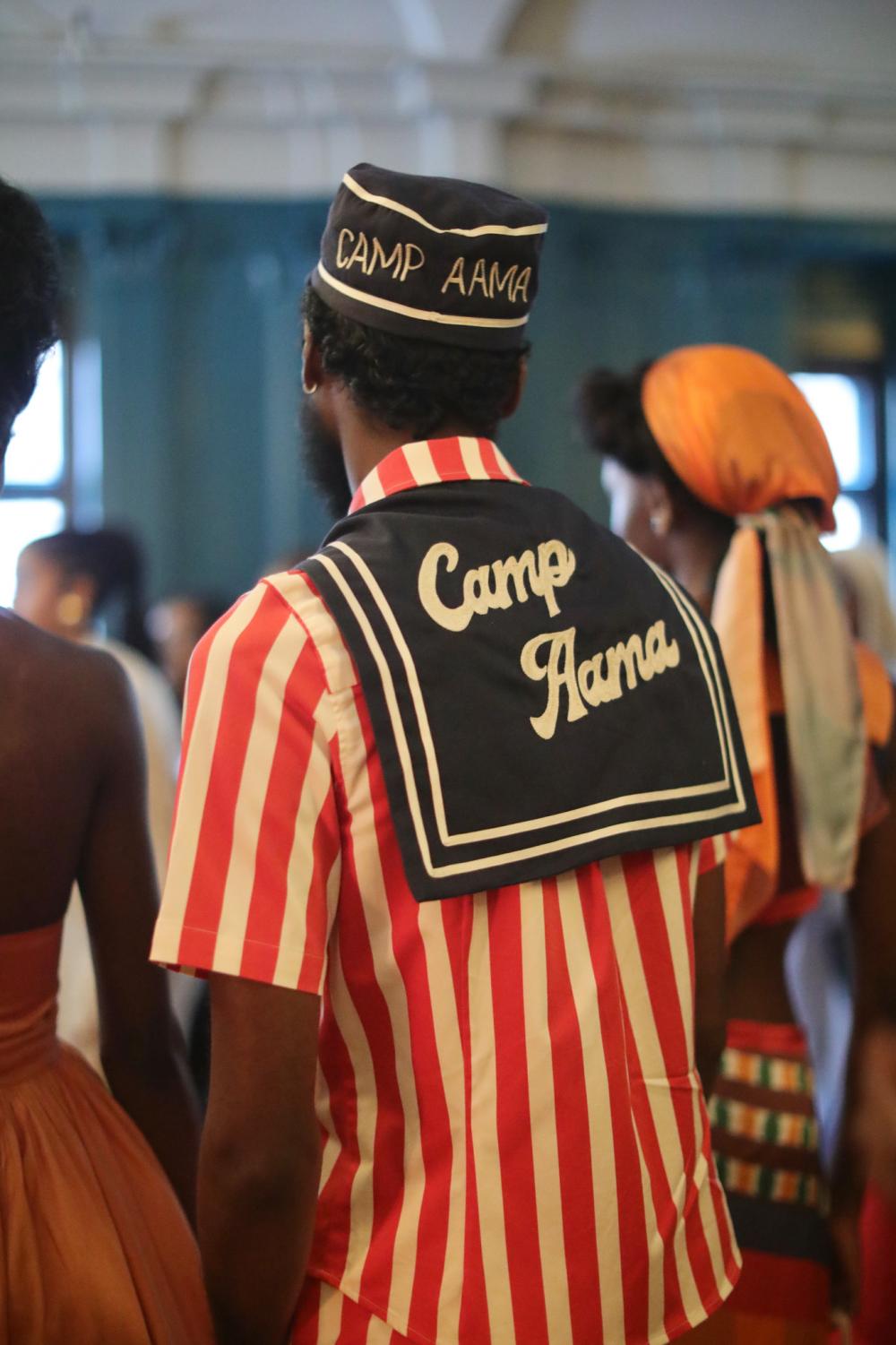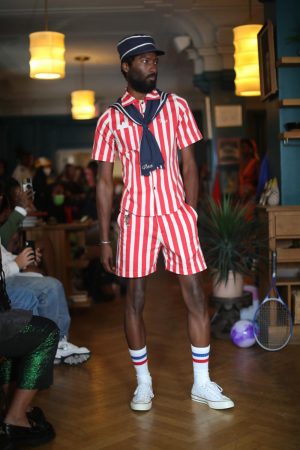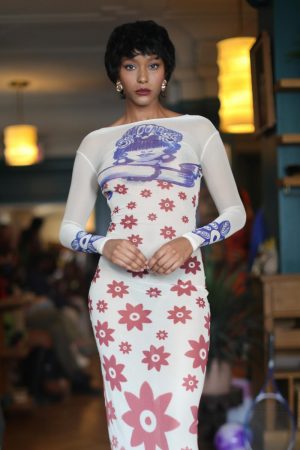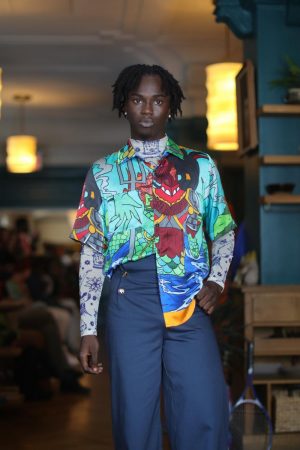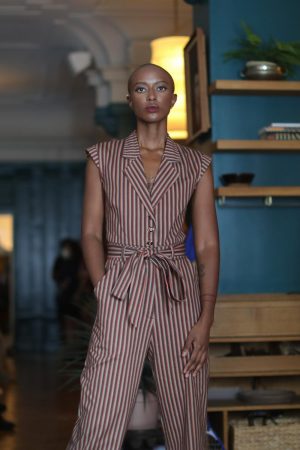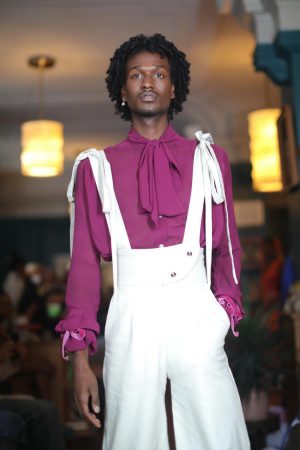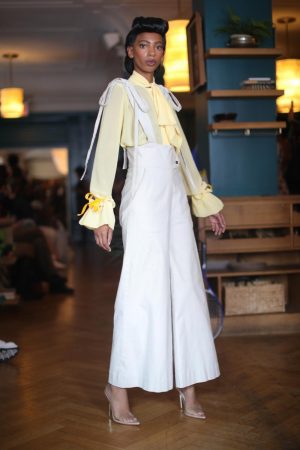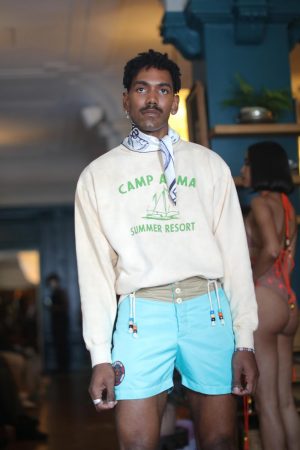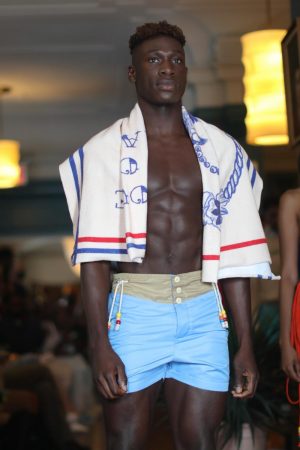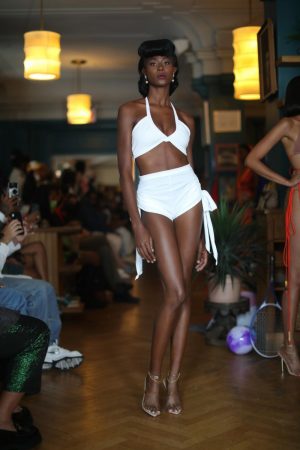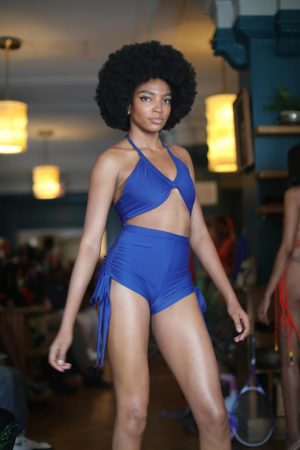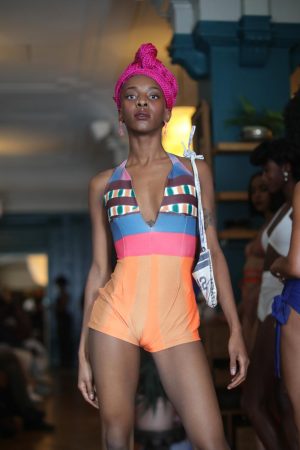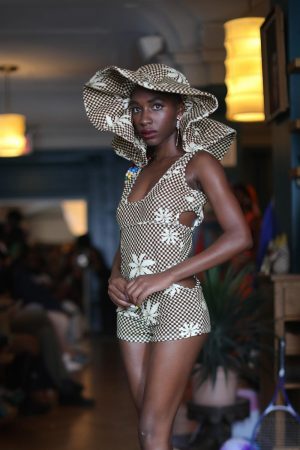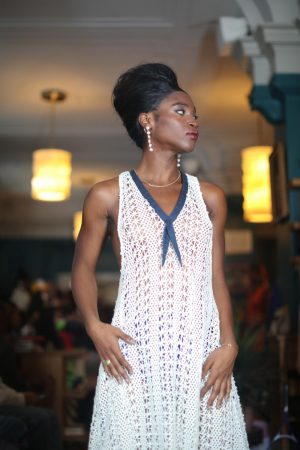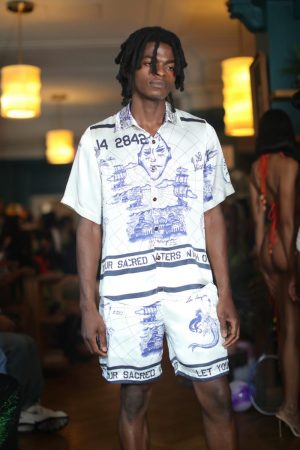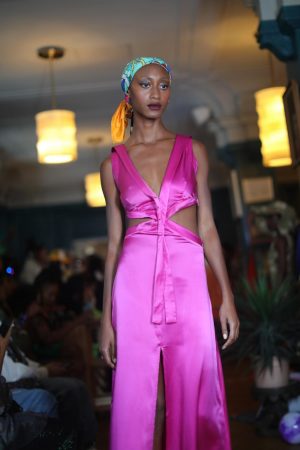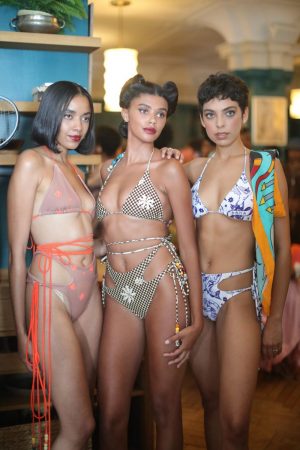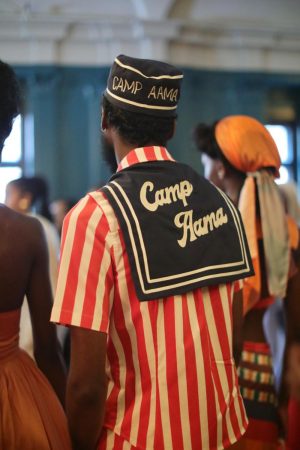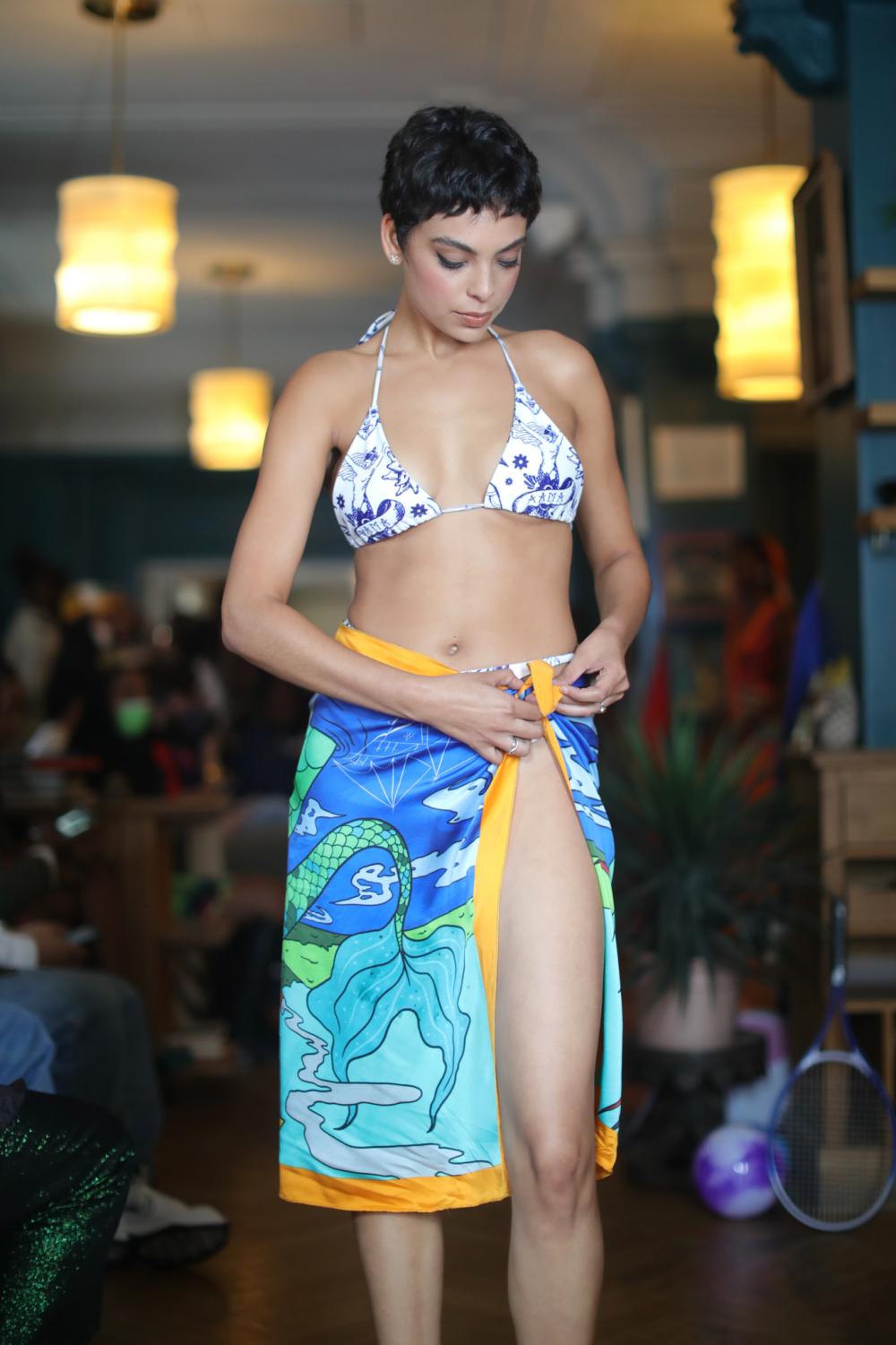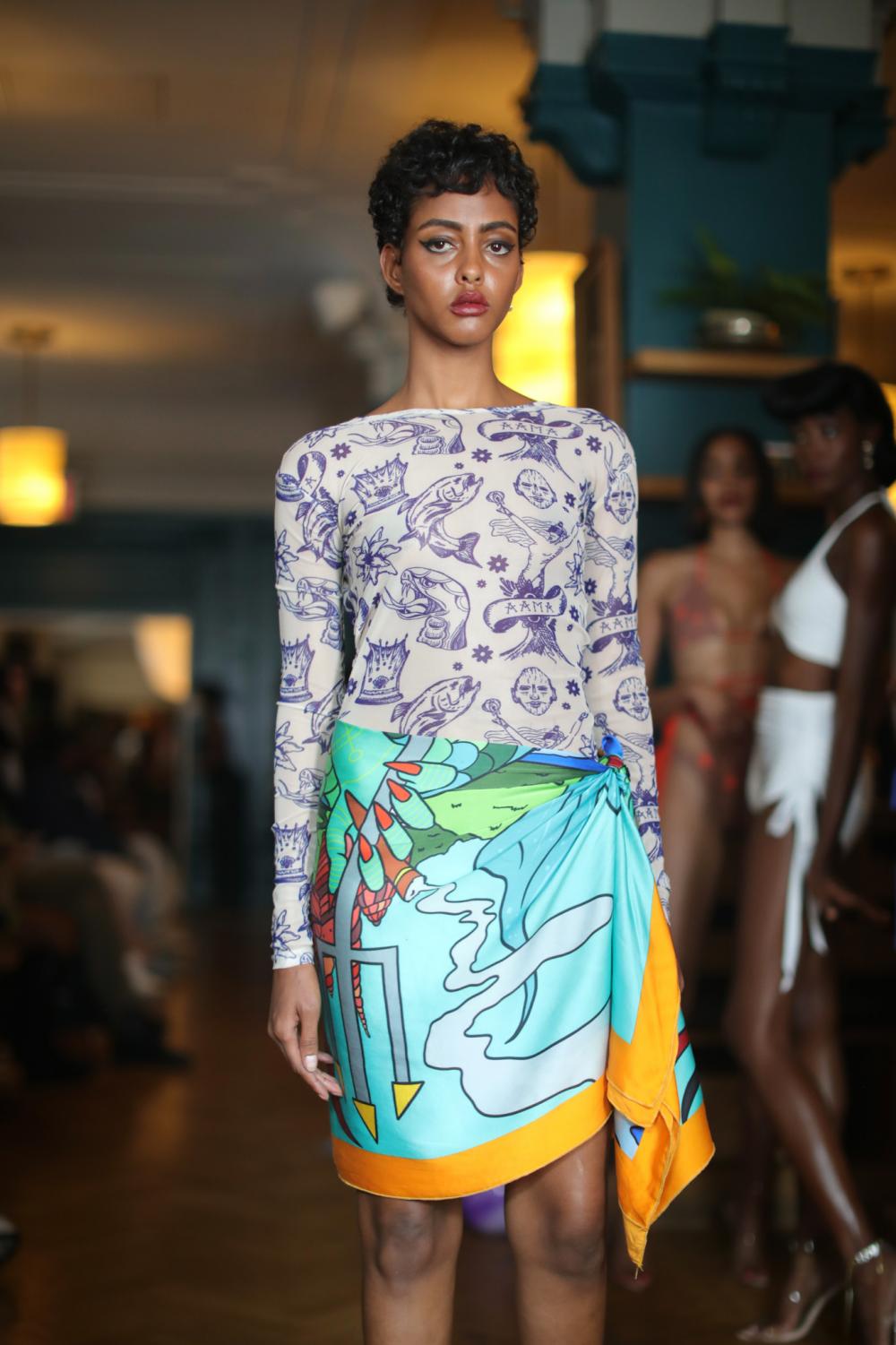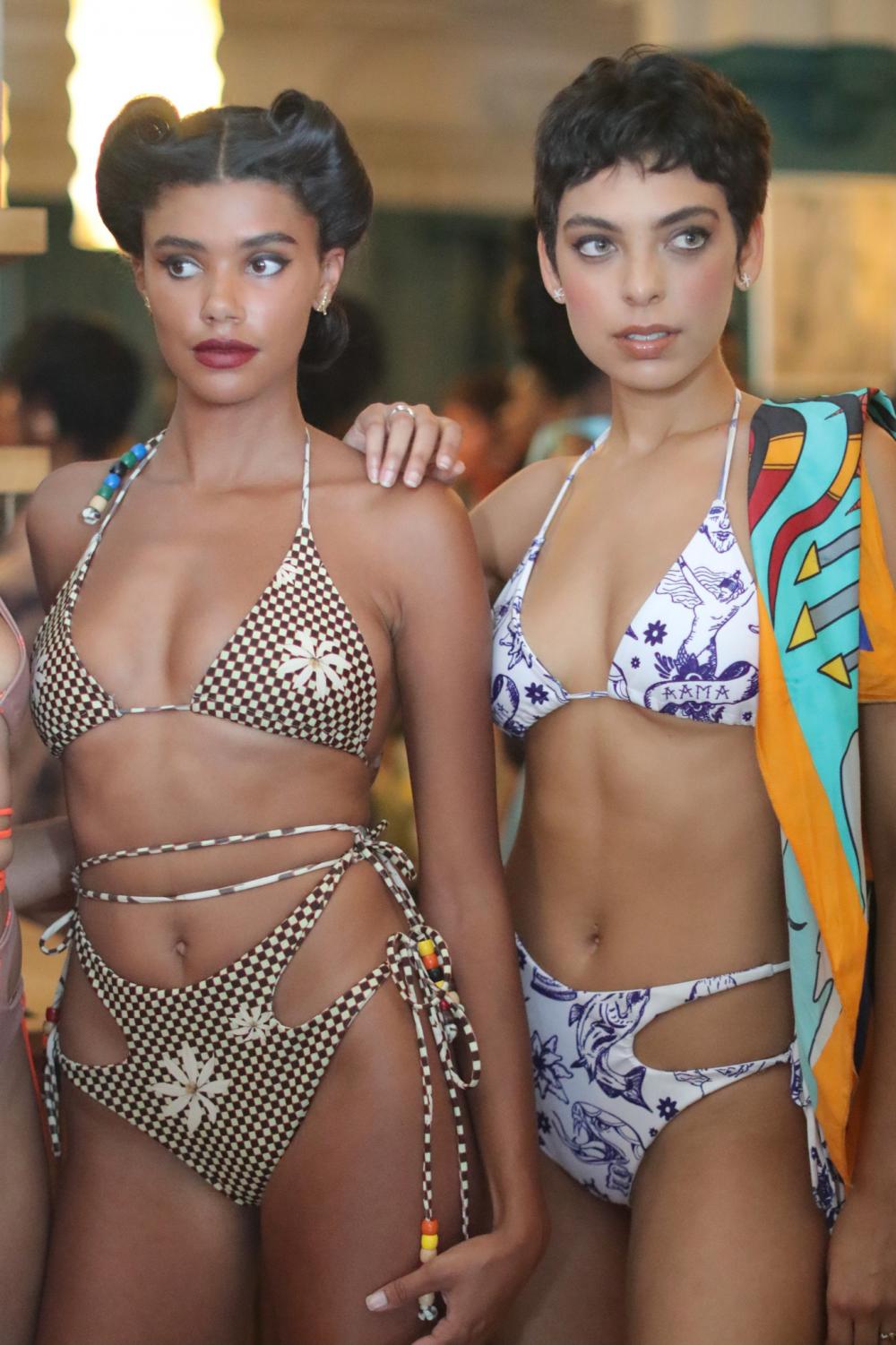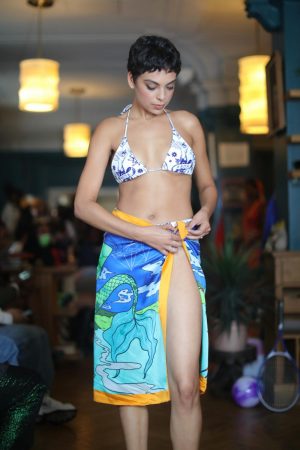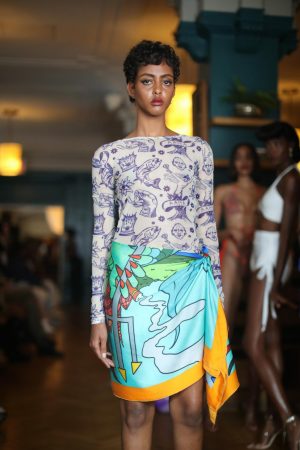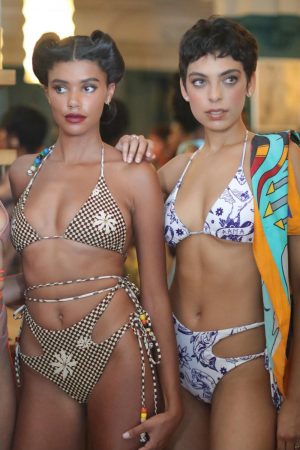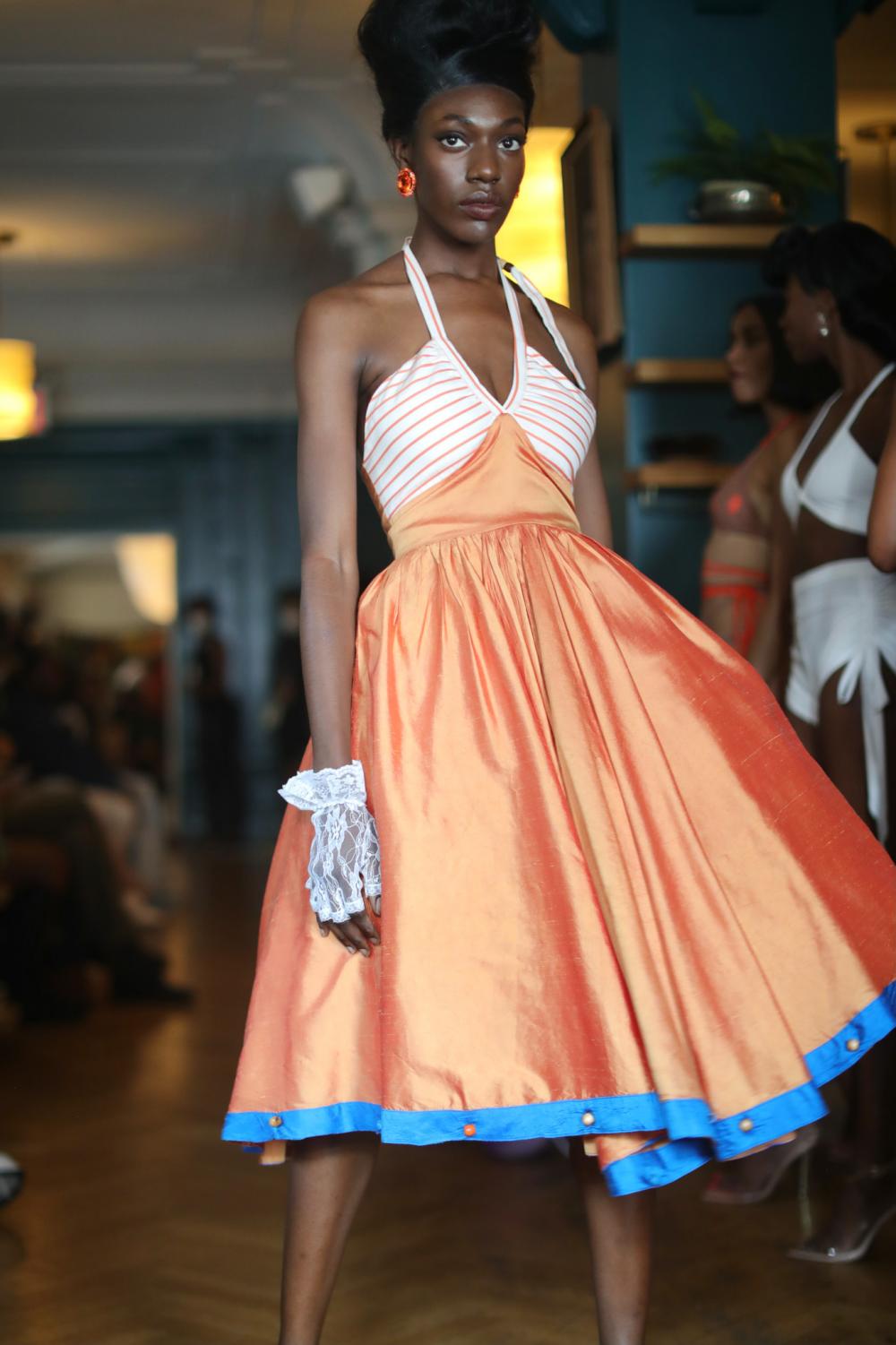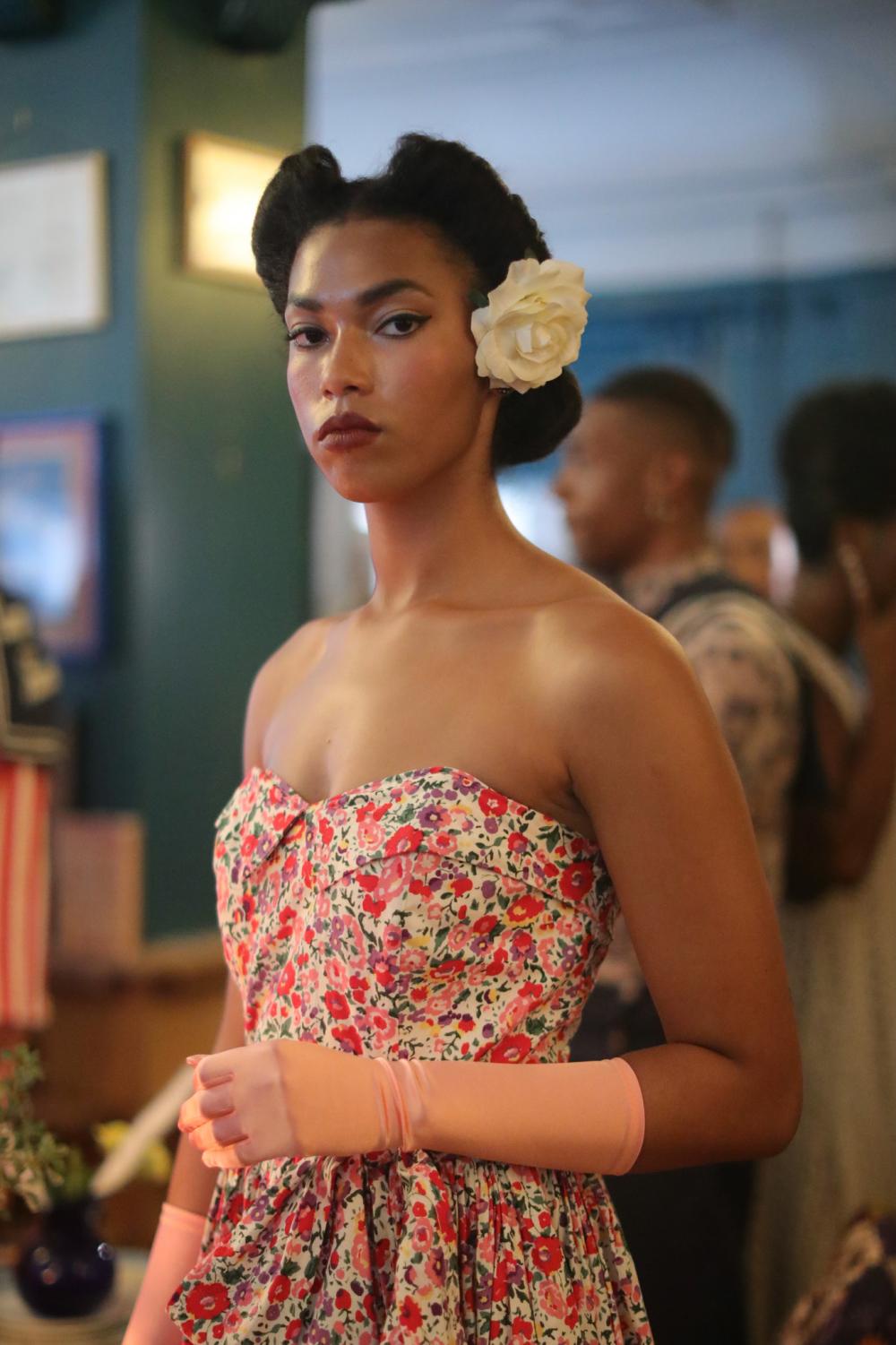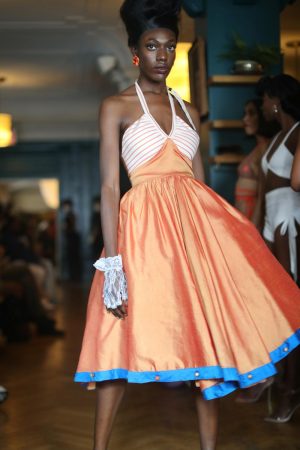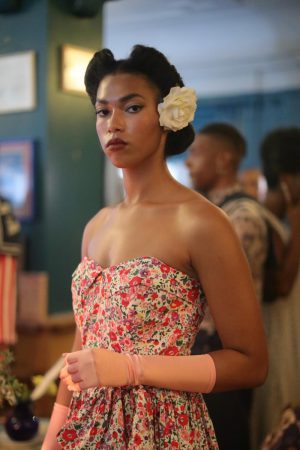House of Aama explores the Black experience in a seaside haven
House of Aama takes on a resort collection — but not in the way you’d think.
September 13, 2021
House of Aama’s designs are inspired by and steeped in Black culture, history and spirituality. Founded by Parsons School of Design graduate Akua Shabaka and her mother, Rebecca Henry, the fashion label began as an Etsy store where Shabaka could share her love of vintage clothing. The store later evolved into Urban Nomad, a capsule collection offering pieces celebrating African identity. Since then, House of Aama has grown to combine vintage designs with Black spirituality, basing each season’s collections on a theme from Black history. For example, the label’s Autumn/Winter 2017 collection, “Bloodroot,” was named for the rare herb used by root doctors in the American South.
The label’s Spring/Summer 2022 collection, “Salt Water,” aims to use historical imagery to “tell the story of Black people on these shores and their relationship to water,” codesigner Henry said. She stated that the brand seeks to pay homage to water, water deities, spirituality, seafaring and resort culture as central elements of the Black experience.
Guests at House of Aama’s runway show on Sept. 10 arrived at the fictional Camp Aama, where the runway featured deep teal walls, rattan chairs and diversified art, lending the space the air of a tropical hotel. A table set with candles and wildflowers sat in the middle of the room with beach balls placed at its legs. As the sounds of waves and seagulls filled the room just before the beginning of the show, visitors found themselves transported to the resort that served as the theme of the show.
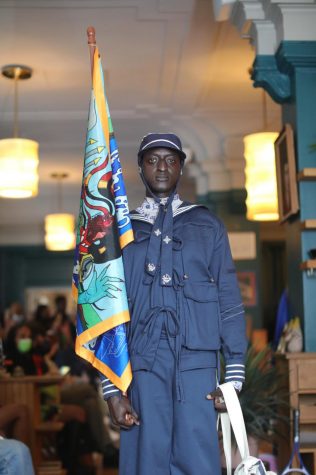
The first look — a sailor uniform worn by a model carrying a colorful silk flag — was accompanied by a somber song about experiences of racism in the United States, striking a jarring contrast with the flamboyant decor of the room. In a backstage interview, Henry explained that the flag was a nod to the association between flags and spirituality in African culture. Representing a saltwater deity known for protecting the journeys of enslaved Africans across the Atlantic Ocean, the model and look granted safe passage to the many fits to follow.
The ensembles themselves were for a variety of occasions — streetwear outfits featuring Camp Aama sweatshirts worn with board shorts and silk scarves were followed by an array of vintage swimwear, some featuring kente patterns, some gingham, some adorned with daisies. Iterations of the flag featured in the first look reappeared, tied around models’ waists as swimwear cover-ups or around their heads as headscarves, highlighting the show’s theme of embracing cultural identity.
Toward the middle of the show, the Marvelettes’ “Please Mr. Postman” offered a cathartic touch of levity to the soundtrack as models in vintage cocktail dresses strutted by, the pieces paired with the victory rolls of the 1940s and the beehive hairdos of the ’60s. The makeup, too, was classic; most models wore natural looks, while those wearing gowns sported timeless red lips.
The show was both a celebration and a commemoration of the Black experience, at once acknowledging both the richness and power of African spiritual expression and the atrocities perpetrated against Black Americans. The details of each colorful look and the symbolic meanings they conveyed seamlessly interwove history and fashion, leaving the audience eager to revisit the ensembles; each new glance seemed to reveal more of a hidden message.
A version of this article appeared in the Monday, Sept. 13, 2021, e-print edition. Contact Con Xie at [email protected].























































































































































